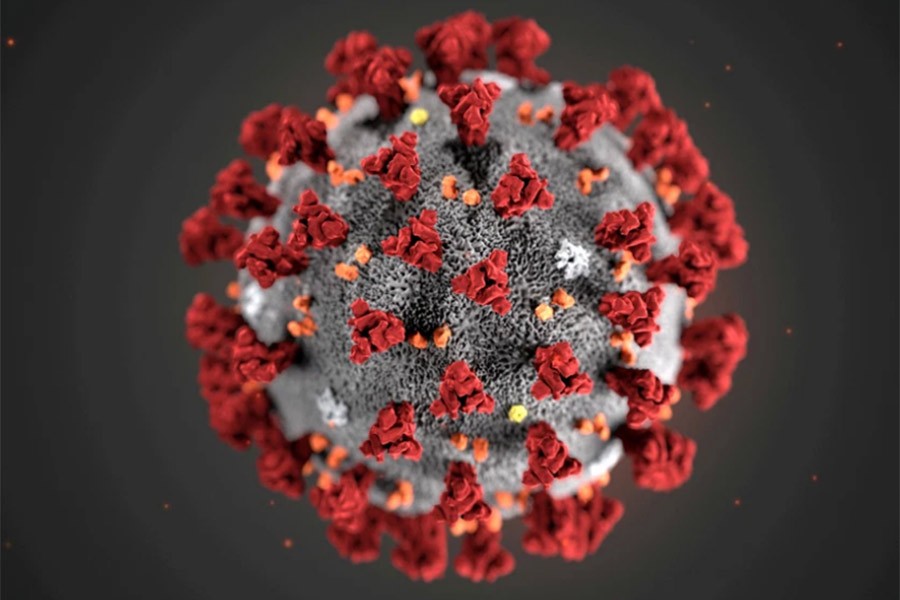The European Commission has classified the coronavirus as a mid-level threat to workers, drawing criticism from socialist lawmakers because the move will allow less stringent workplace safety measures than if the virus was deemed a high risk.
The decision has wide economic and health implications as it could affect companies’ costs in restarting business activity and have an impact on workers’ safety.
The commission, the EU’s executive arm, classified the new coronavirus as a level-3 hazard on a four-step risk list on which level 4 is the highest, reports Reuters.
Under EU rules, a level-3 virus “can cause severe human disease and present a serious hazard to workers; it may present a risk of spreading to the community, but there is usually effective prophylaxis or treatment available”.
Level-4 biological agents pose a “high risk” of infection with no prophylaxis or treatment available.
There is currently no treatment to prevent or cure COVID-19, the disease caused by the new coronavirus, which has killed nearly 380,000 people worldwide, according to a Reuters tally.
A spokeswoman for the European Commission said several criteria are used to classify biological hazards and none of them has more weight than others.
“The existence or absence of prophylaxis cannot be considered as a standalone criterion,” the spokeswoman said.
The decision followed consultations with scientists and with the World Health Organisation, and it was supported by experts from the 27 EU states, based on the most recent data on the epidemic, she added.
NOT TRANSPARENT
“We strongly oppose the decision by the Commission to classify COVID-19 only as a mid-level hazard. COVID-19 is the biggest health challenge of our lifetime,” said EU lawmaker Agnes Jongerius, who speaks on employment matters for the socialist grouping, the second largest in the EU Parliament.
She said the decision was not taken in a transparent fashion. “There is no public information available about the consulted experts and their reasoning.”
The commission’s decision is immediately applicable, but the parliament could block it in a vote expected in June.
Medics and nurses are among those most at risk of contracting the disease. Localised outbreaks have often occurred in plants with a large workforce, such as slaughterhouses.
The decision means employers will have to guarantee a series of safety measures for their workers. But because the virus is not classified as high risk they are less likely to be exposed to legal challenges in case of infections.
The epidemic in Europe, the world’s worst-hit region, has reached its peak, according to the European Centre for Disease Prevention and Control.
However, the virus is still circulating and a second large wave of infections is considered likely in the autumn.


